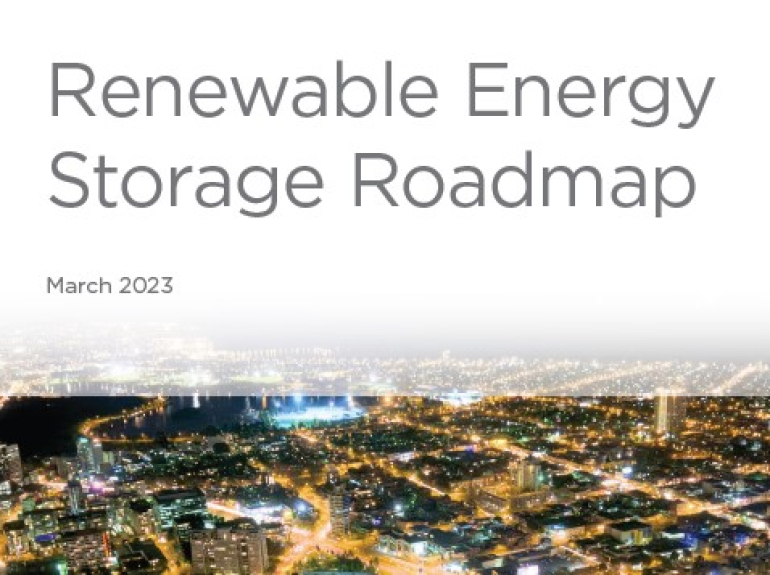Latest news
Read the latest news from the Centre for Sustainable Materials Research and Technology

SMaRT supports the Australian Academy of Technological Sciences and Engineering (ATSE) in backing recommendations of the new CSIRO Renewable Energy Storage Roadmap.
The Roadmap outlines a portfolio of developing energy storage technologies that will be essential to Australia’s target to meet net zero carbon emissions by 2050,
ATSE says: "High-temperature industrial processes such as cement, steel, and mineral processing require innovative technology storage systems to support decarbonisation. Researchers like Professor Veena Sahajwalla FTSE FAA are developing solutions to reduce electricity requirements through creative approaches such as using waste coffee grounds and hydrogen as carbon sources in steel making. These process improvements must be supported by low emissions electricity sources and storage to enable Australian industry to decarbonise."
The Roadmap echoes recent SMaRT federal Government submissions on the Consultation of the National Reconstruction Fund and the National Battery Strategy Issues Paper, where we strongly emphasise the need to start recovering from complex waste streams, like batteries and e-waste, the valuable materials they contain as manufacturing feedstock, rather than to continue landfilling, stockpiling and exporting these hard to recycle wastes.
Some specific areas SMaRT supports in the Roadmap report are:
These areas are currently being actively researched by SMaRT.
See below links for details: